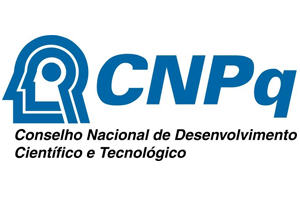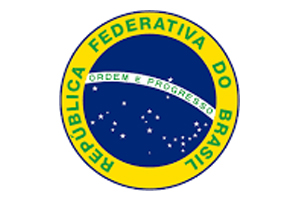Amna. A. Aljabar
Department of Chemistry, College of Education for Pure Science Ibn Al-Haitham, University of Baghdad, Baghdad, Iraq
Ibtisam Khalifa Jassim
Department of Chemistry, College of Education for Pure Science Ibn Al-Haitham, University of Baghdad, Baghdad, Iraq
ABSTRACT
Background: Schiff bases and their derivatives are widely recognized for their diverse biological activities, including antimicrobial properties. The synthesis and structural characterization of these compounds contribute to the development of novel antimicrobial agents with potential clinical applications. Objective: This study aimed to synthesize and characterize a series of novel Schiff base derivatives and evaluate their antibacterial and antifungal activities using standard laboratory microbiological assays. Methods: A series of substituted thiazole derivatives were synthesized, starting from 3,5-dinitrobenzoic acid, which was converted into its acid chloride derivative. The acid chloride was then treated with p-hydroxybenzoic acid in pyridine as a solvent and a base, with a catalytic amount of DMF, to obtain 4-(3,5-dinitrobenzoate) benzoic acid [1]. Further reaction of compound [1] with thiosemicarbazone and phosphorus oxychloride (POCl₃) yielded 4-(5-amino-1,3,4-thiadiazol-2-yl) phenyl-3,5-dinitrobenzoate [2]. Schiff bases [3a-h] were synthesized by refluxing compound [2] with various substituted benzaldehydes in absolute ethanol with glacial acetic acid (GAA) as a catalyst. The newly synthesized compounds were structurally characterized using Fourier Transform Infrared Spectroscopy (FT-IR) and Proton Nuclear Magnetic Resonance Spectroscopy (¹H-NMR). Their purity was confirmed by melting point determination and Thin Layer Chromatography (TLC). The antibacterial and antifungal activities of the compounds were assessed using disk diffusion and minimum inhibitory concentration (MIC) methods against a panel of Gram-positive and Gram-negative bacterial strains, as well as fungal pathogens. Results: The synthesized Schiff base derivatives exhibited characteristic absorption bands in the FT-IR spectra, confirming the presence of azomethine (-C=N-) functional groups. The ¹H-NMR spectra provided further confirmation of structural integrity. Preliminary microbiological evaluation demonstrated that several Schiff base derivatives displayed promising antibacterial and antifungal activities, with notable inhibition zones against Staphylococcus aureus, Escherichia coli, Candida albicans, and Aspergillus niger. Conclusion: The synthesized Schiff base derivatives showed potential as antimicrobial agents, suggesting their possible application in pharmaceutical and clinical microbiology. Further studies, including in-depth cytotoxicity and mechanistic evaluations, are recommended to explore their full therapeutic potential.
Keywords: Synthesis, Antibacterial, Characterization, Schiff, Bases.




